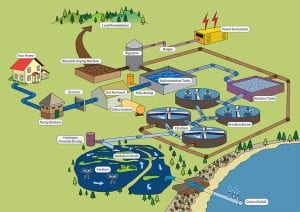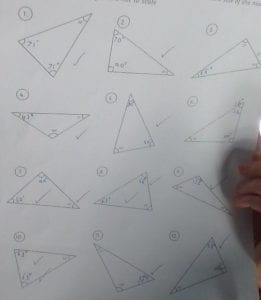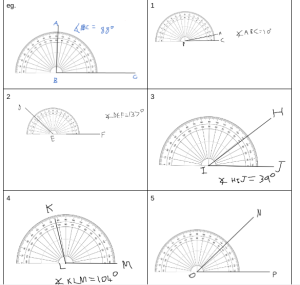
Today we had a visit from someone from the Christchurch City Council. They first talked about the three water systems and where they come from around our houses, the three systems are the storm water system which carries away excess rainwater, the fresh water system which brings us new water to use and the waste water system which is what carries away water dirty water. After that they talked about the percentages of where waste water comes from, 25% comes from the shower, 23% comes from the washing machine, 18% from the toilet, 15% from hoses/outside, 13% from taps, 3% from leaks, 2% from baths and 1% from dishwashers. After that we learnt about the Christchurch Wastewater Treatment Plant and the process it uses to clean wastewater. This is the process:
1.Home – wastewater comes from shower, taps, toilet etc
2 Pump stations – about 100 around Christchurch, pump water from houses to the treatment plant. Someone monitors this from a control room 24 hours a day.
- Waste screens – (Bar screens) – taking out big things, like rags, wet wipes, jewellery, sanitary products false teeth, dead animals etc 2 tonnes everyday to the landfill
- Grit tanks – Grit, fat and oil (about 2 tonnes ) goes to landfill
- Sedimentation tanks – remove 30% heavy sludge, sand etc
- Trickling filters – Liquid from sedimentation tanks passes through, bacteria sits on plastic filters, breaks down the microbes into slime clumps which then fall down
- Smelly air from trickling filters escapes and helpful bugs get rid of it, biofilter
- Air-mixing tanks, pump water through to help separate slime from trickling filter and water
- Clarifiers – Slime clumps sink to the bottom, 90% of pollution has now gone
- Oxidation ponds -oxygen,sunlight, cold water and good bugs – kill any nasty bugs left – takes 2-3 weeks
- Long pipes take clean water out to sea, 3km offshore. 99.9% of pollution is now removed.
- Sludge thickener – big tank, looks like chocolate milk going in, add a thickener to turn it into a kind of porridge to help remove the solids
- Digester – Solids from sedimentation tanks and clarifiers come here,
- Biosolids machine squeezes out water and dries the solids to be used to help the environment. 98% solids
- Dry biosolids are taken to west coast, used with waste from mining to make fertiliser for growing native trees – not used for farmland where food is grown
- Engines use gases (Methane) to power the machines used to run the wastewater plant.
After that we talked about ways we could reduce wastewater, these were things like turning the tap off when you brush you and fix any leaks that might be in your house.
Lastly we had to complete an activity where we had to sort things into two categories, what you can flush down a toilet and what you can’t. The things in the can’t flush down category were things like tissues, bleach and toys. The things in the other category were water and the three P’s (Pee, Poo and Paper).





